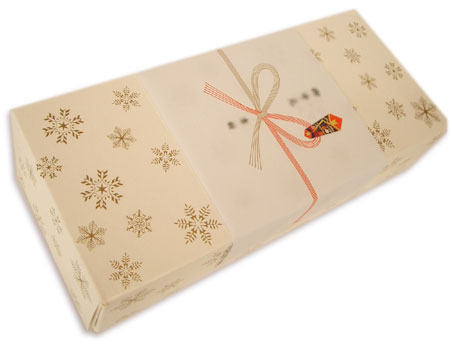Japanese people used to hang their everyday articles such as small money pouches, tobacco pouches, and seal or medicine cases (inro) from their sash or belt (obi), because the Japanese traditional garment (kimono) has no pockets. To prevent it falling to the ground, the hanging object was attached to a small toggle with a cord, and the toggle is called netsuke.
Netsuke were probably simple pieces of wood or whatever was useful as a toggle, it developed into a craft art with great artistry and playful ideas through the Edo period (i.e., from the early 17th century through the mid 19th century). Netsuke in a considerably wide range of subjects and materials were made by thousands of artists; early craftsmen specializing in other fields such as metalwork or sculpture and made netsuke as a hobby, while many of the later carvers devoted all their career to netsuke production.
However, around the mid 19th century, the popularity of netsuke started to wane due to the changes in fashion and cultural situations. A relatively small number of netsuke artists continued to create netsuke of high standard through the mid 20th century.
From the mid 19th century onwards, westerners became interested in netsuke. A large quantity of those miniature carvings began to be exported to the West. Since then, netsuke have been actively traded, collected, and studied by westerners, while they attracted little attention of the majority of Japanese people.
Netsuke made until about that time are called "antique netsuke," while those carved later are referred to as "contemporary netsuke." This latter term means more than just "netsuke made in modern time": some western collectors and dealers have encouraged Japanese artists to create netsuke with their original ideas and modern sense, not just to imitate antique pieces. Recently, the number of netsuke artists have been growing in Japan, and in other countries as well, and there are approximately one hundred Japanese and non-Japanese artists whose works regularly appear in sales and exhibitions.
Today, the netsuke, both antique and contemporary, is internationally appreciated as a unique and fascinating art form. At present, it might still be better known in the West, but there is a growing interest among the Japanese (some Japanese actually carry netsuke by attaching them to their cell phones).
The netsuke is still evolving, and you can explore this exciting art form by just looking at them, holding them in your hand to enjoy the feel, collecting them, studying them, and even carving them!
As of now, the modern netsuke is the keychain. The term has evolved over the years without knowing that it has been netsuke before. One of the popular designs as of now has been Hello Kitty.
As of now, the modern netsuke is the keychain. The term has evolved over the years without knowing that it has been netsuke before. One of the popular designs as of now has been Hello Kitty.







